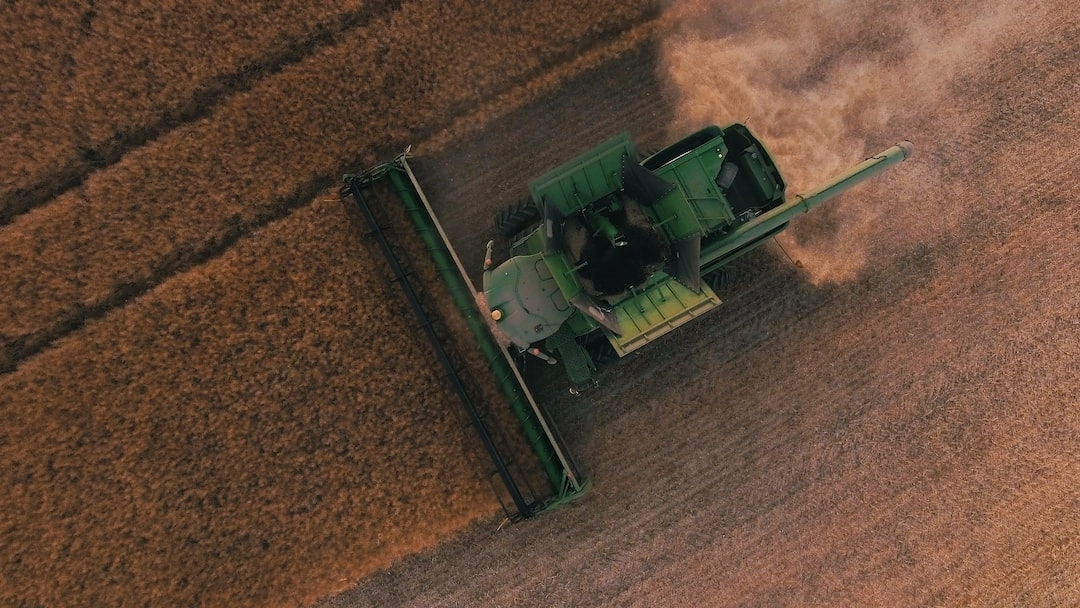
What is The Green Path: Sustainability in Agriculture?
As the need for sustainable practices becomes increasingly evident, the concept of The Green Path in agriculture has gained prominence. Essentially, The Green Path refers to adopting environmentally-conscious methods, technologies, and strategies in the agricultural sector to minimize negative impacts on the environment while ensuring long-term viability and profitability.
Transitioning to The Green Path encompasses various aspects of sustainable agriculture, including sustainable soil management, water conservation, crop rotation, integrated pest management, and the use of organic fertilizers and natural resources.
Real-World Problems Associated with The Green Path in Agriculture
1. Limited Resources
One of the significant challenges faced when implementing The Green Path is the limitation of resources. Farmers may lack access to necessary technologies, knowledge, and financial support needed to make the shift towards sustainable practices. This can hinder their ability to adopt greener techniques and may require additional investments.
2. Balancing Environmental Concerns with Productivity
Another problem is striking a balance between environmental concerns and maintaining the productivity of agricultural systems. While sustainable practices aim to reduce the use of synthetic fertilizers, pesticides, and herbicides, there is a risk of potential yield losses or increased vulnerability to pests and diseases. It is crucial to find innovative solutions and management strategies that mitigate environmental impacts while ensuring sufficient food production.
3. Changing Climate Conditions
The Green Path in agriculture also needs to address the challenges posed by climate change. Rising temperatures, extreme weather events, and changing rainfall patterns can significantly impact crop yields, water availability, and overall farming practices. Adaptation measures such as crop diversification, improved irrigation techniques, and integrated water management need to be implemented to address these challenges effectively.
4. Market Demand and Consumer Awareness
A key hurdle to implementing The Green Path is the demand and awareness of consumers. While there is a growing interest in sustainable and eco-friendly products, the market demand may not yet be widespread enough to incentivize farmers to make the transition. Greater consumer education and advocacy for sustainable agriculture are necessary to create a market that actively supports and values environmentally-friendly practices.
In conclusion, The Green Path in agriculture offers a way forward to address the environmental challenges associated with conventional farming practices. However, it is important to acknowledge and find solutions to the real-world problems that may hinder its implementation. By overcoming these obstacles, we can pave the way for a more sustainable and resilient agricultural sector.

Solutions for The Green Path: Sustainability in Agriculture
1. Access to Resources and Support
Addressing the limited resources challenge requires providing farmers with access to necessary technologies, knowledge, and financial support. Government and agricultural organizations can offer programs, grants, and subsidies that incentivize and support the adoption of sustainable practices. Additionally, knowledge-sharing platforms, training workshops, and collaboration between farmers can help ensure that resources are accessible to all.
2. Innovation and Research
To balance environmental concerns with productivity, continuous innovation and research are crucial. Investments in research and development can lead to the development of new technologies, crop varieties, and farming techniques that minimize the negative environmental impacts while maintaining or even increasing productivity. Supporting and promoting agricultural research institutions and collaborations can foster such innovation.
3. Climate Change Adaptation
Adapting to the changing climate conditions requires implementing suitable strategies. This can include the development and adoption of climate-resilient crop varieties, improved irrigation and water management systems, and diversifying farming practices to reduce dependency on specific crops. Governments and organizations should provide incentives, training, and support for farmers to implement these adaptation strategies.
4. Consumer Education and Market Development
Increasing consumer awareness and demand for sustainable agriculture products is key to creating a market that supports The Green Path. It is essential to educate consumers about the benefits of sustainable farming practices and their impact on environmental conservation. This can be achieved through labeling initiatives, certification programs, and targeted marketing campaigns that highlight the sustainability attributes of agricultural products.
By implementing these solutions, we can actively support The Green Path in agriculture, ensuring a more sustainable future for both the environment and the farming communities.















